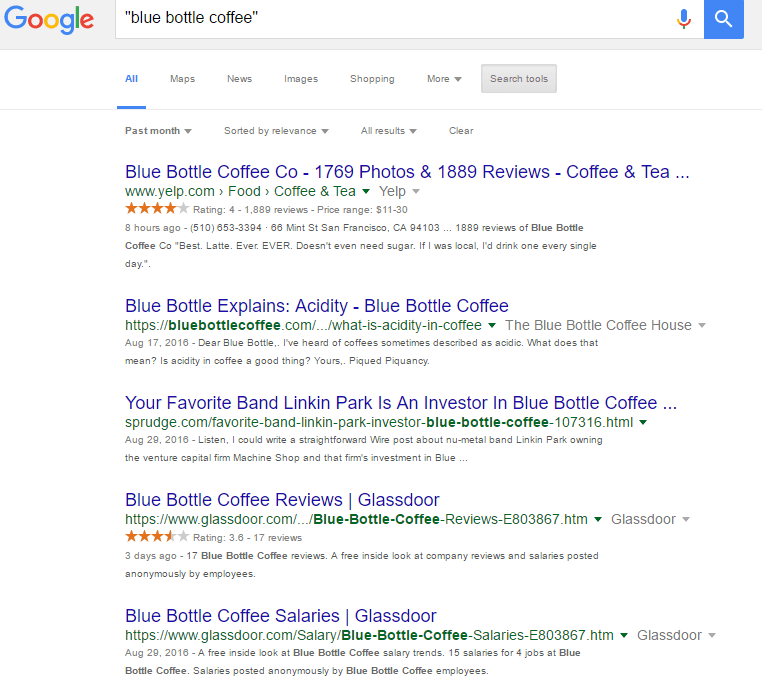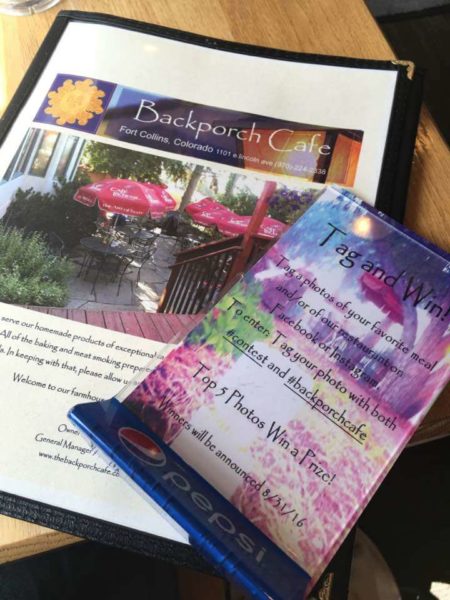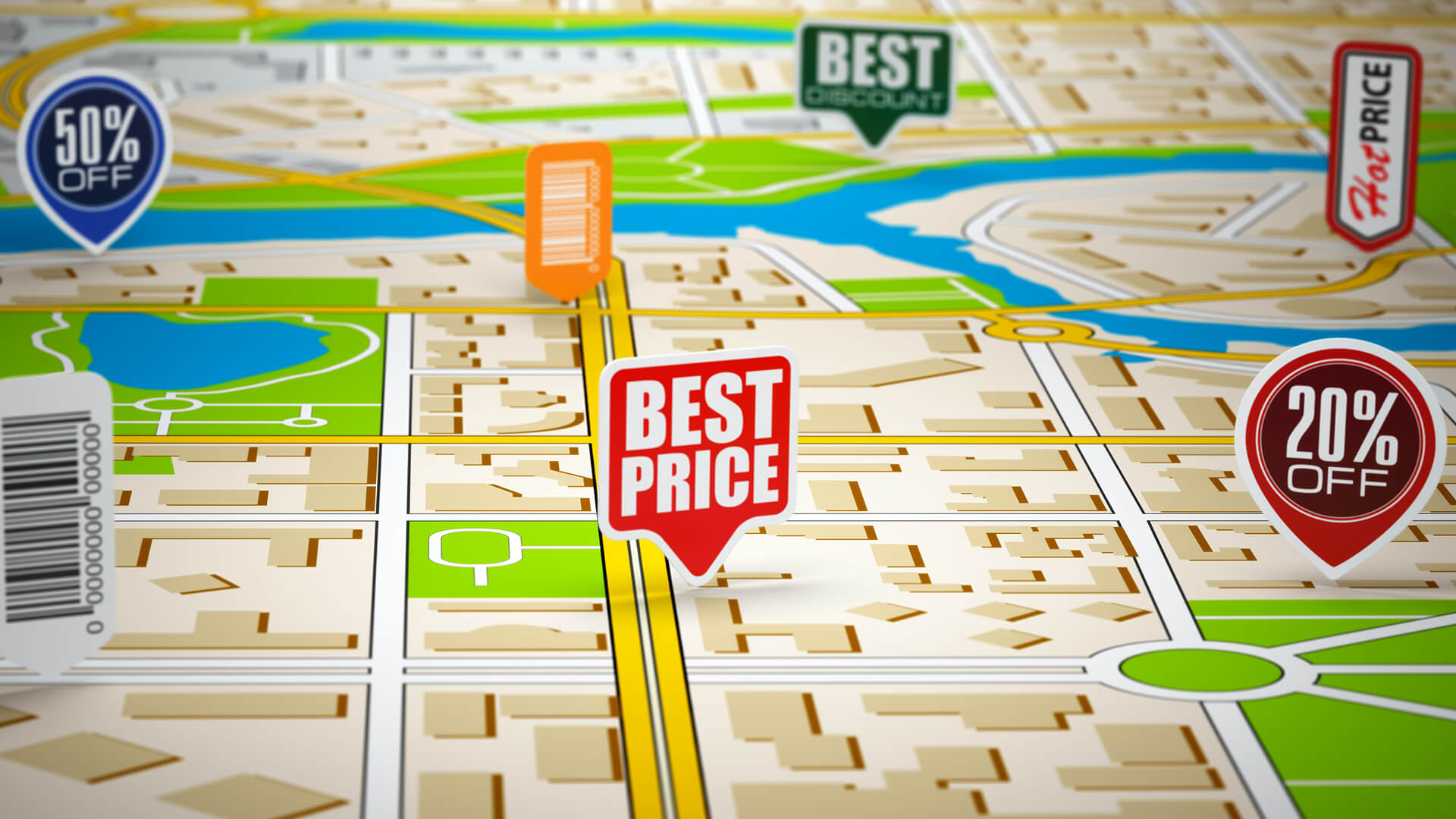In case of local brands and companies, it can be harsh to initially bridge
the gap between traditional and digital marketing. Many local companies,
even very successful ones, see more value in traditional marketing
methods than inbound digital engagement.
Recently, we’ve seen brands increase local search performance by
digitizing traditional marketing methods, translating offline to
online marketing. Local businesses that are struggling to understand how
to make the move from traditional to digital can follow a few
strategies.
Use hashtags correctly
In early 2015, Google and Twitter partnered in a way that allowed Google to collect information and have access to Twitter’s data stream.
This means that if your local campaign is running on hashtags across
various digital touchpoints (mainly Twitter), you can use this to
increase the strength of your local search presence.
Work on incorporating hashtags into printed and other materials to
encourage your audience to take the conversation online. The hashtag you
create should incorporate a keyword with high search volume that speaks
to your brand and the goal of your campaign.
Red Door Interactive focused on running a campaign that bridged the gap between traditional and digital marketing
using hashtags. It ran a campaign for ASICS that created a seamless
offline to online digital experience to connect with the local New York
and runner community to garner local interest during the 2015 TCS New
York Marathon. Red Door Interactive’s push to elevate ASICS in the local
search landscape developed with harnessing the importance of race day
supporters.
Knowing that supporters hold up encouraging signs to runners, a sign
generator was created so that supporters could customize and print their
own signs. The community was able to customize signs for the race
online, share the signs to various social networks with the hashtag #GoRunIt, and finally print the signs which accomplished bridging the gap between offline and online.
Lisa Brown, a real estate agent, shows this practice in a more local
environment. She created a hashtag for her real estate services and
found a way to digitize traditional marketing by including the hashtag
on her billboard.
Furthermore, she has found a creative way to understand some of the ROI
that the billboard offers using digital marketing. Those who submit a
photo of the billboard and follow her on a social channel are entered
into a contest.

When the hashtag is seen in printed material, the audience understands that using that hashtag within posts or conversations online can help further engage with the brand or others searching on the hashtag.
Garner inbound links and press around an event
As you develop a product or event for your local brand, think about
how the PR surrounding it can be translated to digital. According to
Moz’s 2015 Local Search Ranking Factors survey, link signals are among the top ranking factors for local SEO, and we can use this information to our advantage.
Go to the press, or submit press releases through paid providers (PRweb.com,
for example) to increase inbound links to the site. Your website’s
domain authority will increase depending upon how credible and trusted
the websites are that provide you with an inbound link.
Developing an event or product that is worthy of press can help
increase inbound links to your site which works to increase positioning
in the local pack.
Take what you’ve done offline, and make something noteworthy of it
that people will want to write about. Then measure the inbound link
benefits and see how it translates to elevating local search
performance.
Pursue inbound links from people already talking about you
Find sites that mention your business, and reach out to the webmaster
for links to your site. After all, if a website is mentioning your
company, you should be getting an inbound link from them to help
increase your local SEO.
You can find sites that mention you by going to Google.com and typing
in the name of your business in quotes. From here, identify listings
where a site mentioned your business but did not link back to you.
Identify that site’s domain authority to determine how important it
is to garner a link from the site. If you find that the site has
substantially high domain authority, it is worth investing your time
into garnering a link from the webmaster. The example used below is from
Blue Bottle Coffee. This is the type of search I would perform if I was
wanting to find listings where Blue Bottle Coffee is mentioned within
the past month:

Create an incentive for your audience to get digitally involved
Maintaining a relationship with your audience online is critical for a
variety of reasons. Updating your customers on new products, services,
or sales can all be done at little to no cost, on a moment’s notice, and
excite conversation around your brand.
For local businesses with a loyal following, it can be hard to get
customers to engage online. Recently, we’ve seen more local businesses
prompting their customers to bridge the gap between online and offline.
The Backporch Café, a local restaurant to Fort Collins, works to get
its customers online in an effort to bring its food to the forefront of
people searching for restaurants in the specific area.
In the image below, we see that The Backporch Café is working to gain
more impressions online through social media by encouraging current
customers to post a photo of a meal and use branded hashtag.

While this may not directly lead to gains within Google’s local pack,
anything that increases a business’s visibility online has the
potential to indirectly impact local SEO efforts. By spreading brand
awareness, you can increase searches for your business and improve site
authority through inbound links.
Get started
We rarely think about how we can improve local search performance by
digitizing traditional efforts. However, connecting your offline and
online marketing strategies can significantly help increase local search
optimization efforts and connect a more traditional audience to the
online world.
With competition as fierce as it is within local search, we need to
find ways to improve local search performance without sacrificing those
who respond to traditional marketing.
Start with some of the techniques discussed above, and work from that
to a larger offline-to-online campaign to help strengthen local
impressions.
When a campaign’s purpose is to drive digital local engagement and
increase local search positioning across directory sites, continue to
think about how your brand can begin to digitize its traditional
marketing.

No comments:
Post a Comment